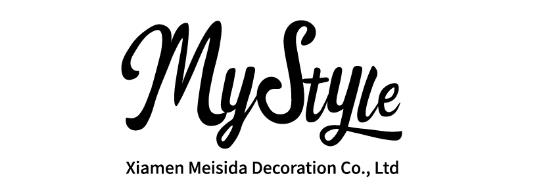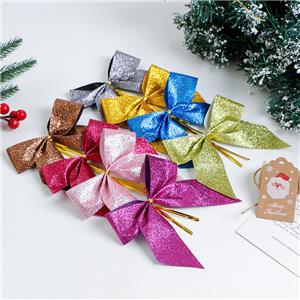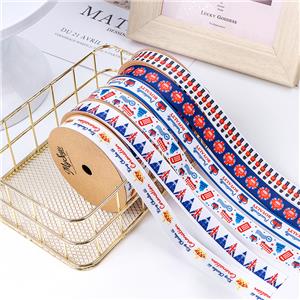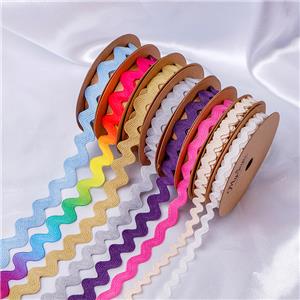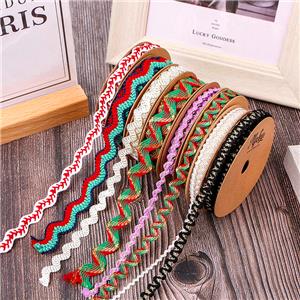How to distinguish the ribbon?
Those who know the ribbon, people who have been dealing with the ribbon for a long time can know what material and quality it is with a touch of the hand, but for those who are new to it, you may also need to learn some simple identification methods
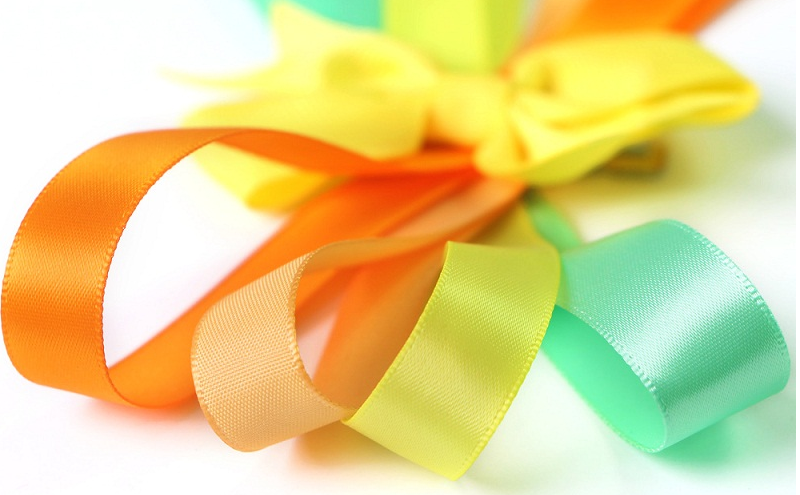
Method/Step
Chromatic aberration test: visually observe that there is no yin and yang color on the face of the belt, and the color and texture of the belt and the needle edge and the cloth edge cannot be exchanged.
Wool: Observed with the naked eye, the two surfaces and sides of the ribbon must not have serious hairballs or filaments that affect the ribbon surface.
Jump stitch: By visual observation, the ribbon cannot have jump stitch.
Pollution: By visual inspection, the surface of the ribbon must not be contaminated with oil, stains, dust, etc.
These methods are general methods for visually judging the quality of the ribbon.
Then introduce a measurement method with the help of tools:
Thickness detection: tolerance cannot exceed ±0.1MM. Width detection: 1" and 1" width ribbon tolerance cannot exceed ±0.25 points; 25MM and 25MM width ribbon tolerance cannot exceed ±0.5MM; 1" and 25MM ribbon width , The standard tolerance cannot exceed ±0.25MM; Note: Plain weave, herringbone edge band must be of sufficient size, but not more than 0.25 points.
- Polypropylene ribbon and bow
- Poly ribbon spool
- Poly ribbon egg
- Poly star bow
- Poly pull bow
- Polypropylene fountain bow
- Ribbon Bow
- Gift Ribbon Bow
- Packaging Ribbon Bow
- Ribbon For Bows
- Garment Ribbon Bow
- Satin Ribbon Bow
- Bottle Ribbon bow
